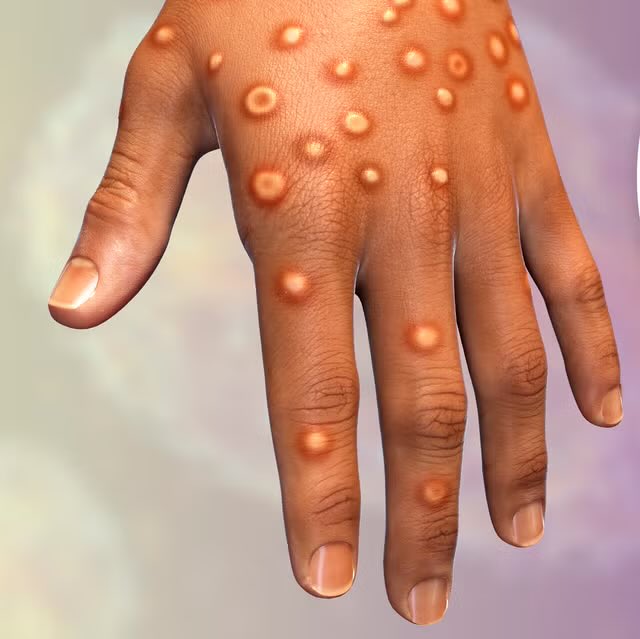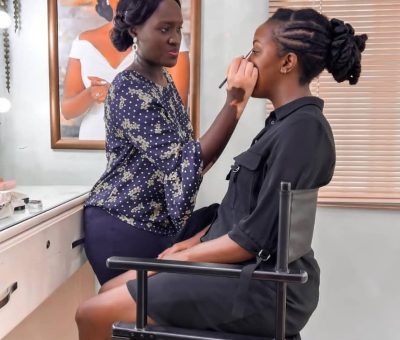
Monkeypox: All you need to know
The Minister of Health, Dr Jane Ruth Aceng, has assured Ugandans that the outbreak of monkeypox (Mpox) in the country is under control and being managed efficiently by her ministry.
“An emergency response mechanism, the Incident Management System, consistent to what was used to respond to the COVID-19 pandemic and the 2022 Ebola epidemic response has been activated,” she told Members of Parliament in her statement on the monkeypox situation in Uganda during a plenary session chaired by the Deputy Speaker, Thomas Tayebwa, on Thursday, 15 August 2024.
On July 24 2024, the Uganda Virus Research Institute confirmed two cases of Mpox from six samples received from Bwera Hospital in Kasese District. No further cases have been reported across the country.
The World Health Organization on August 14, 2024, declared the Mpox outbreak as a public health emergency of international concern.
Monkeypox, typically begins with symptoms that are similar to those of the flu. The initial signs usually appear 6 to 13 days after exposure to the virus, although this incubation period can range from 5 to 21 days. The first symptoms often include:
- Fever: One of the earliest and most common symptoms of monkeypox is a sudden onset of fever, which may be high.
- Headache: Severe headaches are common during the early stages of infection.
- Muscle aches: Muscle pain and body aches (myalgia) can occur, similar to what you might experience with the flu.
- Chills: Patients may experience chills along with fever.
- Exhaustion: A feeling of extreme fatigue or weakness is often reported.
- Swollen lymph nodes: Unlike smallpox, monkeypox typically causes swollen lymph nodes (lymphadenopathy), which can be painful and occur in the neck, armpits, or groin.
Progression of symptoms
After these initial flu-like symptoms, a characteristic rash usually develops 1 to 3 days later. The rash often starts on the face and then spreads to other parts of the body, including the palms of the hands and soles of the feet. The rash goes through several stages:
- Macules: Flat, red spots on the skin.
- Papules: Raised bumps that appear on the skin.
- Vesicles: Bumps filled with clear fluid.
- Pustules: Bumps filled with yellowish fluid.
- Scabs: The pustules eventually scab over and fall off, leaving the skin to heal.
The rash can be itchy or painful, and the severity can vary from person to person. The illness typically lasts 2 to 4 weeks, and most people recover fully, although in some cases, it can lead to complications.
Transmission
Monkeypox is transmitted through close contact with an infected person or animal, as well as through contact with contaminated materials. Key modes of transmission include:
- Human-to-human transmission:
- Direct contact: Monkeypox is primarily spread through direct contact with the rash, scabs, or bodily fluids of an infected person. This can occur during close physical contact, including sexual contact.
- Respiratory droplets: Prolonged face-to-face contact can lead to the transmission of respiratory droplets from an infected person. However, unlike COVID-19, this mode of transmission typically requires extended close contact.
- Contaminated objects: The virus can also spread through contact with objects, fabrics (such as clothing or bedding), or surfaces that have been contaminated with the virus from an infected person.
Animal-to-human transmission:
- Bites or scratches: Monkeypox can be transmitted from animals to humans through bites or scratches from infected animals, particularly rodents and primates.
- Consumption of infected meat: Handling or consuming the meat of infected animals, particularly wild game (bushmeat), can also be a source of transmission.
Vertical transmission:
- Mother to faetus: The virus can be transmitted from an infected pregnant woman to her faetus via the placenta, which may result in congenital monkeypox.
Preventive measures include avoiding contact with animals that could harbour the virus, practising good hygiene, and avoiding close contact with infected individuals. Vaccination can also offer protection against monkeypox, particularly for those at higher risk of exposure.











